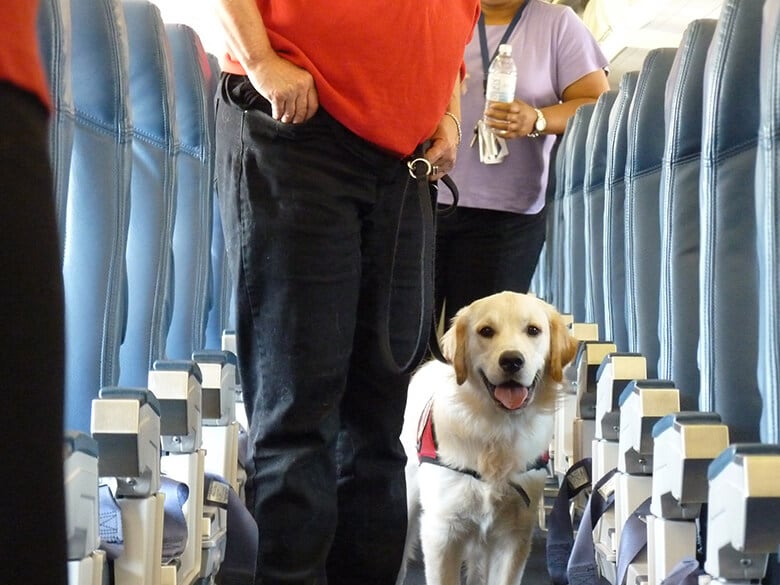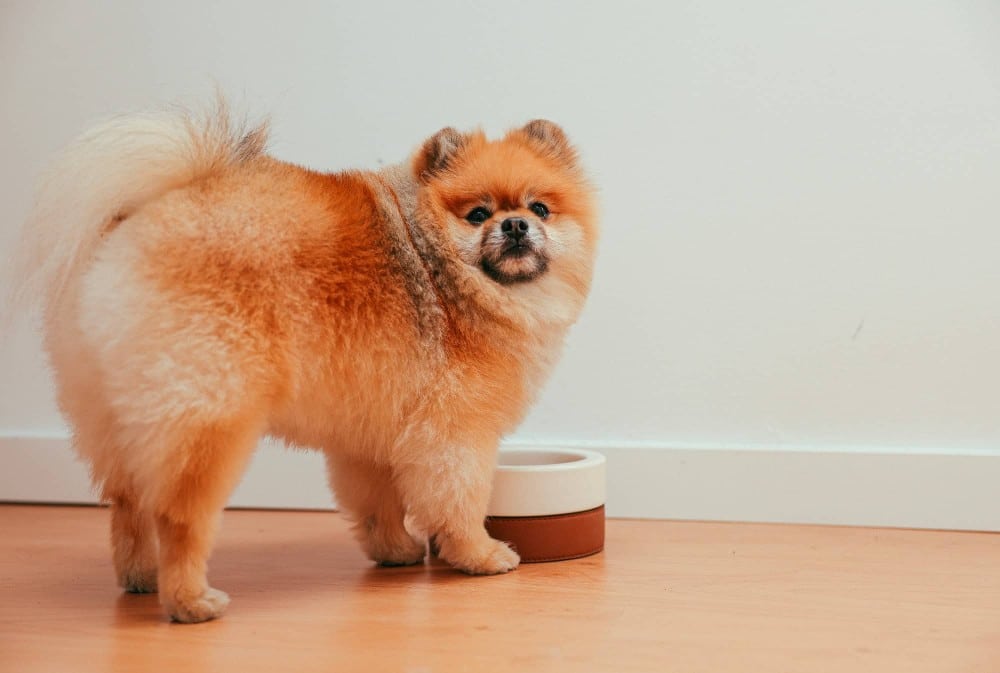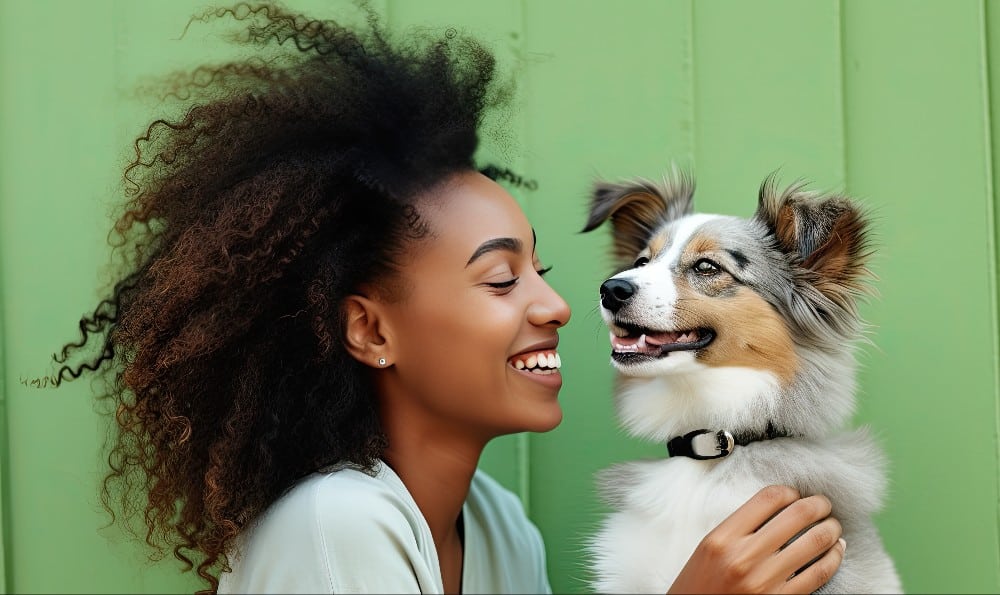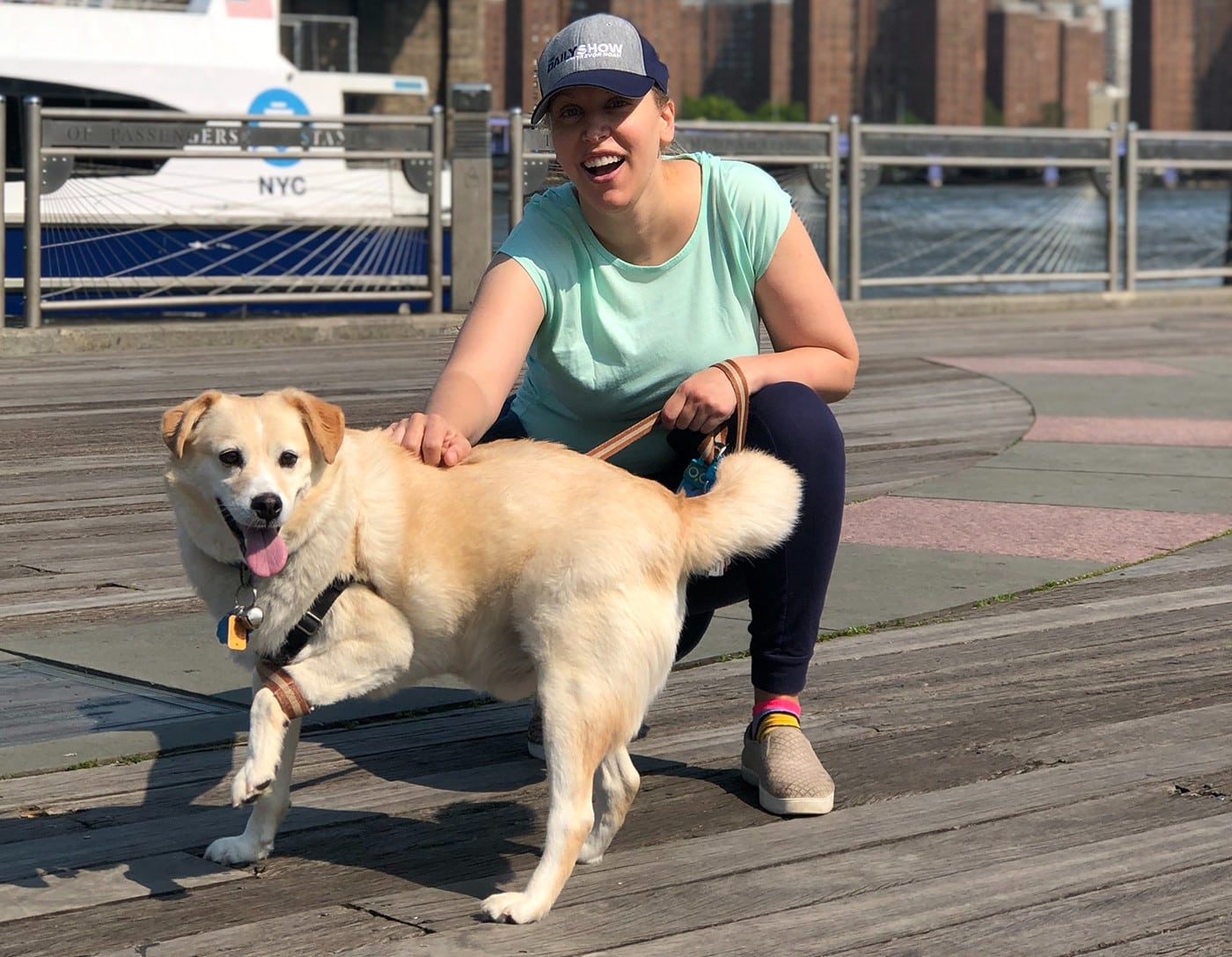Airline travel for dogs is a risky venture. Big dogs are considered cargo and are required to be placed under the airplane, alongside luggage. While airlines ensure these areas are temperature controlled, there have been incidences where things have gone awry. For many, not surprisingly, the idea of shipping their beloved family member as baggage is frightening. So, the safest option for flying with your pup is taking her into the cabin with you. A small dog, usually under 20 pounds, can travel in an approved carrier that fits under the seat.
But recent events have proven that not even in-cabin travel is safe for your dog. On Monday, a French bulldog puppy named Kokito died on a United Airlines flight after a flight attendant demanded that his carrier be stored in the overhead bin. While his owner, Catalina Robledo, insisted she wanted to keep her dog near her, she relented after the flight attendant didn’t back down.
People know that there are rules that must be followed when flying with their dogs. They have to inform the airline in advance, usually pay a pet fee, keep the dog up-to-date with required vaccinations and obtain an airline approved dog carrier. But are there rules that the airline has to follow?
Related: Delta Changes Its Policy for Dogs Flying on Its Airplanes
The Airline’s Responsibility
Since 2005, the U.S. Department of Transportation and the Code of Federal Regulations
have required that most airlines file monthly reports on pets that died, were injured or lost on flights. These regulations also require the DOT to “work with air carriers to improve the training of employees with respect to the air transport of animals and the notification of passengers of the conditions under which the air transport of animals is conducted.”
There’s a dearth of information online about the requirements of pet owners when traveling with their dog. But what about the airline’s responsibility?
Good question. There is a DOT website, Aviation Consumer Protection, with a link for consumer complaints. There is also a page for reporting “animal incidents” on airlines.
But there are no specific regulations about the treatment of pets on airlines. Hopefully, that will change.
Senator John Kennedy and Senator Catherine Cortez Masto introduced the Welfare Of Our Furry Friends (WOOFF) Act in response to the United Airlines’ tragedy. The bill would prohibit animals from being put in overhead compartments on airlines and is asking the FAA to fine any airline that does so.
The Animal Legal Defense Fund (ALDF) also posted a response to Kokito’s death, and they have a campaign to make airlines accountable for animals on their flights with a link to contact your representative and senator.
While the ALDF has been instrumental in getting the DOT to pass the reporting and training regulations, pets are still dying on airplanes — and United Airlines has the worst record of any commercial airline. In 2017, there were 24 deaths, 13 injuries, and 1 animal lost among 17 U.S. airlines. United Airlines was responsible for 18 of those deaths and 13 of those injuries.
Related: For Those Not Down With Flying Their Dogs, Royal Paws Will Drive Your Pup Cross Country
The Dog Owner’s Responsibility
The Humane Society states that air travel can be risky for pets — particularly for brachycephalic dogs. Those are pets with flat faces, including pugs, Persian cats, and bulldogs like Kokito. These breeds have short nasal passages that make them vulnerable to breathing problems, including oxygen deprivation and heatstroke.
The organization suggest foregoing air travel with pets entirely. But if you have to take your dog on an airplane, what can we do as pet parents?
The responsibility of pet parents is to be informed. Research your dog’s breed so you’re aware of possible health issues. And research the airline. Check out their reports on animal incidents. You are required to find out the airlines regulations and follow them. Consider it a requirement to know how to keep your dog safe; this includes talking to your veterinarian and knowing the airline’s rules about pets onboard.
The only place that is safe for your dog on an airplane is in a carrier under the seat. Never let anyone put the carrier in an overhead bin! They are not pressure or temperature controlled and while they are not airtight, the French bulldog most likely died due to lack of oxygen.
So, advocate for your dog. Their safety is ultimately our responsibility.
Related: Delta Changes Its Pet Policy, New Option Is Uber Expensive



















